
coronal mass ejections


ACT system tracks solar eruptions in 3-D
Scientists at Aberystwyth University have developed an automated method for three-dimensional tracking of massive eruptions from the Sun, called Coronal Mass Ejections (CMEs). The Automated CME Triangulation (ACT) system uses data from three space-based observatories that orbit the Sun at different locations, allowing scientists to view the Sun and CMEs from different angles.
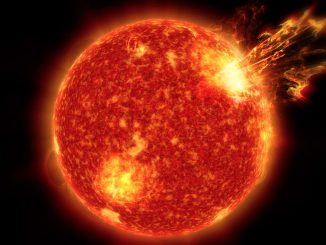
Sun’s adolescent storms may have been key to life on Earth
Some 4 billion years ago, the Sun shone with only about three-quarters the brightness we see today, but its surface roiled with giant eruptions spewing enormous amounts of radiation into space. These powerful solar explosions may have provided the crucial energy needed to create greenhouse gas in Earth’s atmosphere, warming the planet and incubating life.

Solar storms ignite X-ray aurorae on Jupiter
Solar storms are triggering X-ray aurorae on Jupiter that are about eight times brighter than normal over a large area of the planet and hundreds of times more energetic than Earth’s “northern lights,” according to a new study using data from NASA’s Chandra X-ray Observatory when a giant solar storm arrived at the planet.
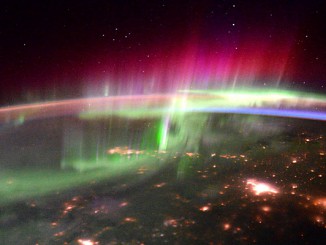
Tim Peake’s aurora photography masterclass
NASA astronaut Scott Kelly and ESA astronaut Tim Peake shared a series of aurora photographs taken from the International Space Station on 20 January 2016. The dancing lights of the aurora provide spectacular views on the ground, but also capture the imagination of scientists who study incoming energy and particles from the Sun.
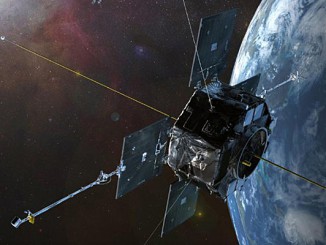
NASA’s Van Allen probes revolutionise view of radiation belts
About 600 miles from Earth’s surface is the first of two doughnut-shaped electron swarms, known as the Van Allen Belts. Understanding the shape and size of the belts, which can shrink and swell in response to incoming radiation from the Sun, is crucial for protecting technology in space. A new study of data from NASA’s Van Allen Probes reveals that the story is a complex one.

Discovery of mechanism that halts solar eruptions before they leave the Sun
Among the most feared events in space physics are solar eruptions — massive explosions that hurl millions of tons of plasma, gas and radiation into space. These outbursts can be deadly to astronauts and when these eruptions reach the magnetic field that surrounds the Earth, the contact can create geomagnetic storms that disrupt cell ‘phone service, damage satellites and knock out power grids.
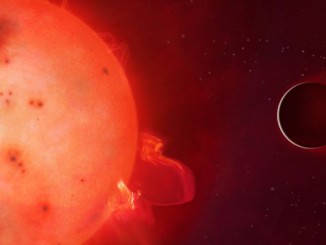
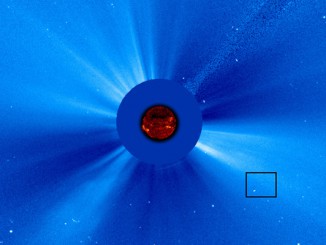
3000th comet discovered by Solar and Heliospheric Observatory (SOHO)
On 13 September 2015, the ESA/NASA Solar and Heliospheric Observatory (SOHO) discovered its 3,000th comet, cementing its standing as the greatest comet finder of all time. The comet was spotted in SOHO’s data by Worachate Boonplod of Thailand — a citizen scientist typical of the NASA-funded Sungrazer Project volunteers responsible for 95 percent of SOHO comet discoveries.

Royal Astronomical Society’s National Astronomy Meeting 2015 – report 4
On the final day of NAM2015, science writer Kulvinder Singh Chadha investigates a new model that generates accurate predictions of irregularities within the Sun’s 11-year heartbeat, suggesting that solar activity could fall by 60 percent during the 2030s to ‘mini ice age’ conditions. Kulvinder also looks back at the lighter moments and highlights of a successful conference.
